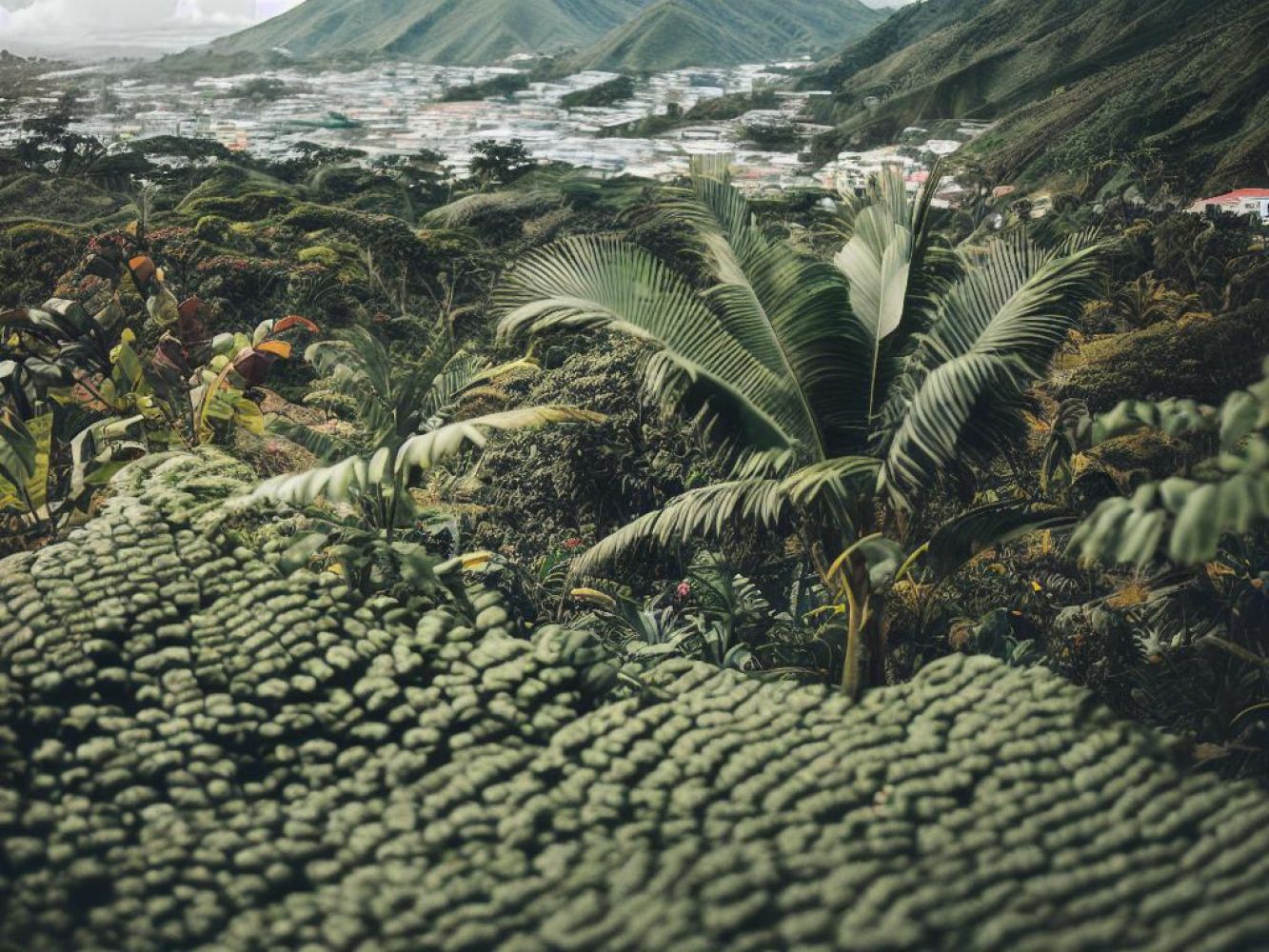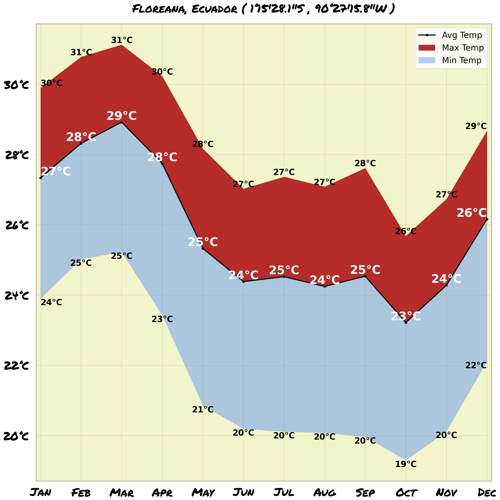Understand
Venture to the enchanting Floreana Island, nestled in the remote southern reaches of the Galapagos archipelago. With its sprawling landmass covering approximately 67 square miles, this island boasts remarkable natural wonders. Its highest peak, rising to a majestic 2100 feet, is an ancient volcano. Floreana's captivating history spans centuries, making it the oldest inhabited island in the Galapagos. Early explorers, including whalers and pirates, sought solace and sustenance on this idyllic haven as early as the 1600s. Sadly, human interference has left a lasting impact on the island's delicate ecosystem. The native giant tortoise, a majestic creature, has tragically vanished, while the introduction of foreign species such as rats, pigs, and goats has caused significant damage to the island's unique flora and avian species. The human tale of Floreana Island is no less riveting. Caves and shelters once provided refuge for buccaneers and notorious pirates. The first official settler, Patrick Watkins, an Irishman stranded in 1803, transformed the island into a vital hub for supplying whalers. Over time, the island saw a colorful array of residents, including convicts, pirates, and brave colonists. Even in the 1930s, intrigue and mystery unfolded, with love affairs, bitter rivalries, and unexplained deaths chronicled in the enthralling book, "A Galapagos Affair." For those eager to explore further, the town of Puerto Velasco Ibarra, nestled on the northwest side of the island, offers comfortable lodgings and delectable cuisine. Prepare to be captivated by the diverse and breathtaking flora and fauna that call the Galapagos Islands their home. Discover more about the extraordinary wildlife on the Galapagos wildlife page.








Comments
NO COMMENTS